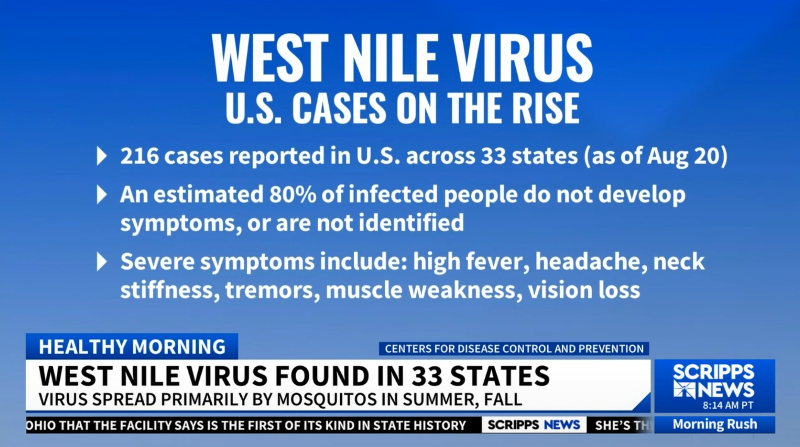by Higher Education Press
Credit: Xiang Nie, Jiahui Fan, Yanwen Wang, Rong Xie, Chen Chen, Huaping Li, Dao Wen Wang
Research presented in Frontiers of Medicine delves into the regulatory role of the long non-coding RNA (lncRNA) ZNF593-AS in cardiac hypertrophy and myocardial remodeling, processes that are pivotal in the progression of heart failure and other cardiovascular diseases.
The study uncovers how ZNF593-AS exerts its inhibitory effects by upregulating the expression of Mitofusin 2 (Mfn2), a protein known for its role in the regulation of mitochondrial dynamics and cellular metabolism.
Cardiac hypertrophy, characterized by an increase in heart muscle cell size, is often triggered by various stimuli including pressure overload, which can lead to heart failure if left unchecked.
Myocardial remodeling, the structural and functional changes in the heart following an injury, is another critical process that can contribute to the deterioration of heart function. The exploration of molecular mechanisms that govern these processes is essential for developing therapeutic targets to treat or prevent these conditions.
The study employs a range of experimental approaches to investigate the function of ZNF593-AS. Through these methods, it is demonstrated that ZNF593-AS can suppress the development of cardiac hypertrophy and myocardial remodeling, which are typically induced by pressure overload or other pathological stimuli.
The mechanistic investigation reveals that ZNF593-AS achieves these effects by increasing the levels of Mfn2, suggesting a crucial link between this lncRNA and mitochondrial function.
Mfn2 is highlighted as a key protein whose expression is negatively associated with cardiac hypertrophy. The study suggests that by promoting Mfn2 expression, ZNF593-AS can counteract the detrimental effects of hypertrophic signals.
This finding is significant as it points to a potential new avenue for therapeutic intervention, where the modulation of lncRNAs and their target proteins could be leveraged to treat cardiac conditions.
To further understand the relationship between ZNF593-AS and Mfn2, the study examines the molecular pathways involved. It is found that the upregulation of Mfn2 by ZNF593-AS leads to the activation of a signaling cascade that opposes the hypertrophic response. This includes the modulation of calcium handling proteins and the inhibition of pathways that would otherwise promote cell growth and division.
The research also addresses the potential clinical implications of these findings. Given the role of ZNF593-AS in regulating Mfn2 expression, it is posited that strategies aimed at enhancing ZNF593-AS levels or activity could be beneficial in managing cardiac hypertrophy and myocardial remodeling. This could involve the development of drugs or gene therapies designed to target this lncRNA.
A strength of the study lies in its comprehensive approach, combining molecular biology, cell biology, and animal models to provide a robust understanding of the role of ZNF593-AS in cardiac pathophysiology.
However, the study also acknowledges the need for further research to fully elucidate the mechanisms by which ZNF593-AS interacts with Mfn2 and to determine the broader implications of these interactions in different cardiac disease contexts.
In conclusion, the study presents significant findings regarding the role of lncRNA ZNF593-AS in cardiac hypertrophy and myocardial remodeling.
By demonstrating the ability of ZNF593-AS to upregulate Mfn2 and thereby inhibit pathological cardiac changes, the research opens up new avenues for the development of targeted therapies.
The implications of these findings for the treatment of heart disease are promising and warrant further investigation to translate this knowledge into clinical practice.
More information: Xiang Nie et al, lncRNA ZNF593-AS inhibits cardiac hypertrophy and myocardial remodeling by upregulating Mfn2 expression, Frontiers of Medicine (2024). DOI: 10.1007/s11684-023-1036-4
Provided by Higher Education Press







Post comments